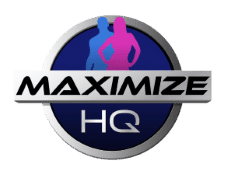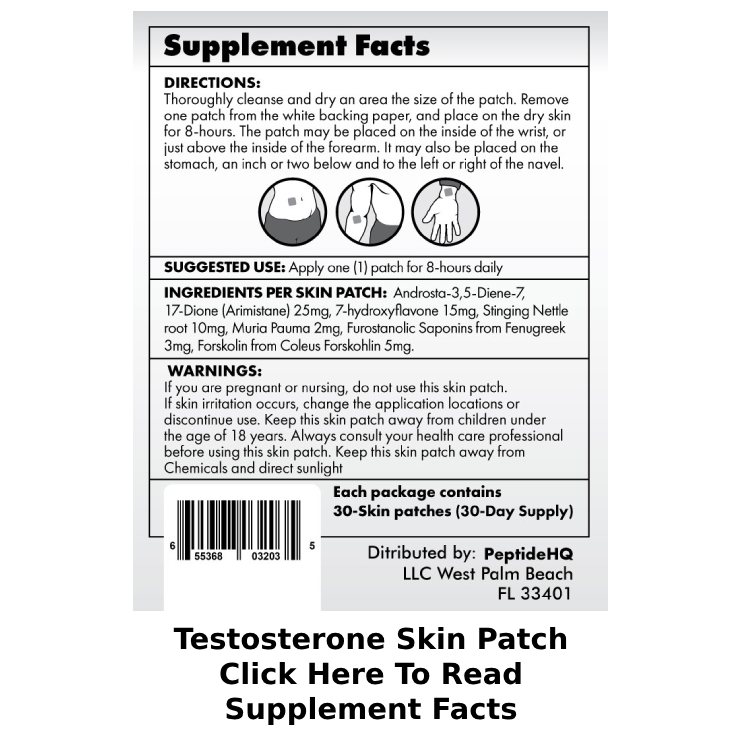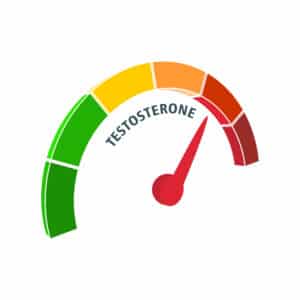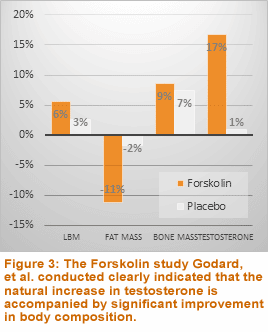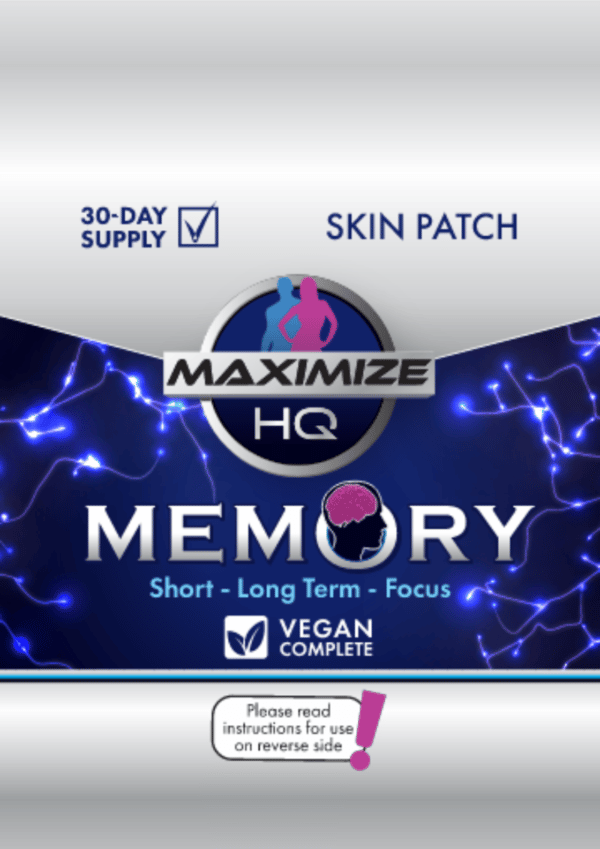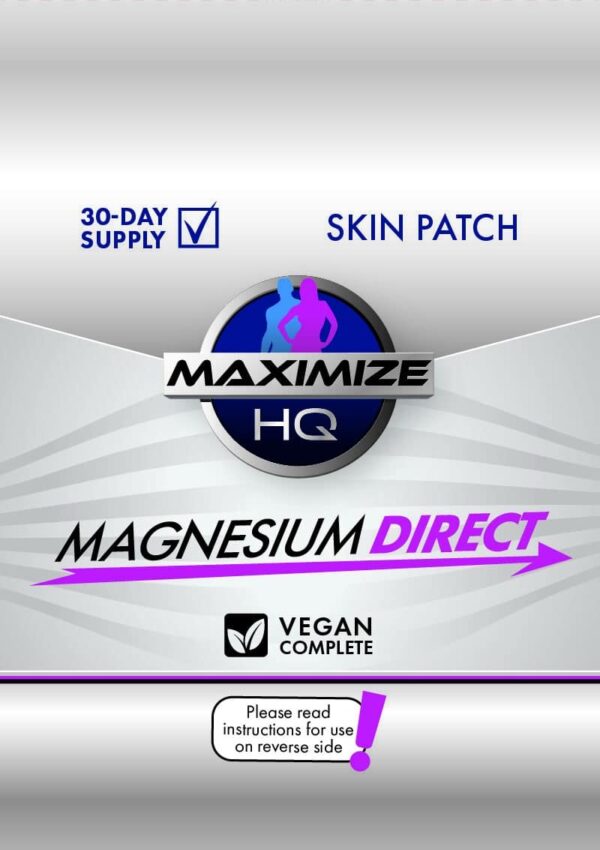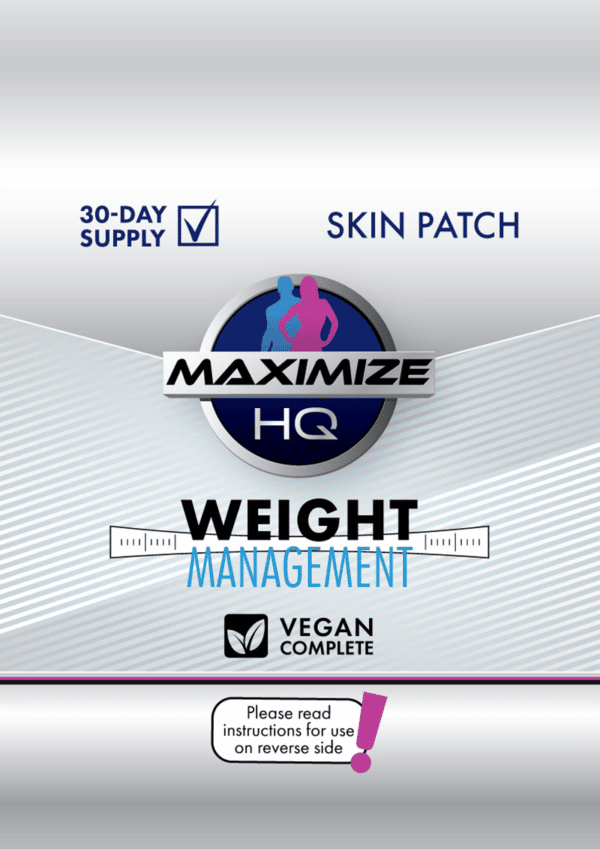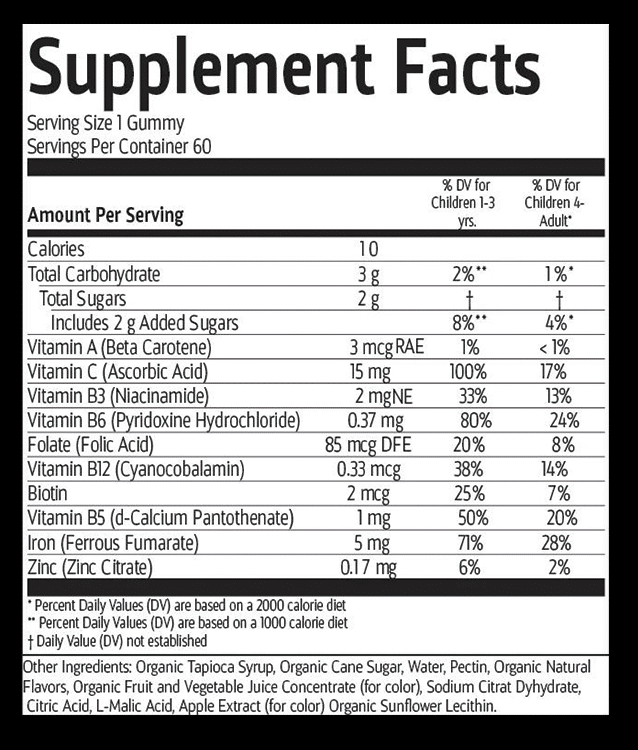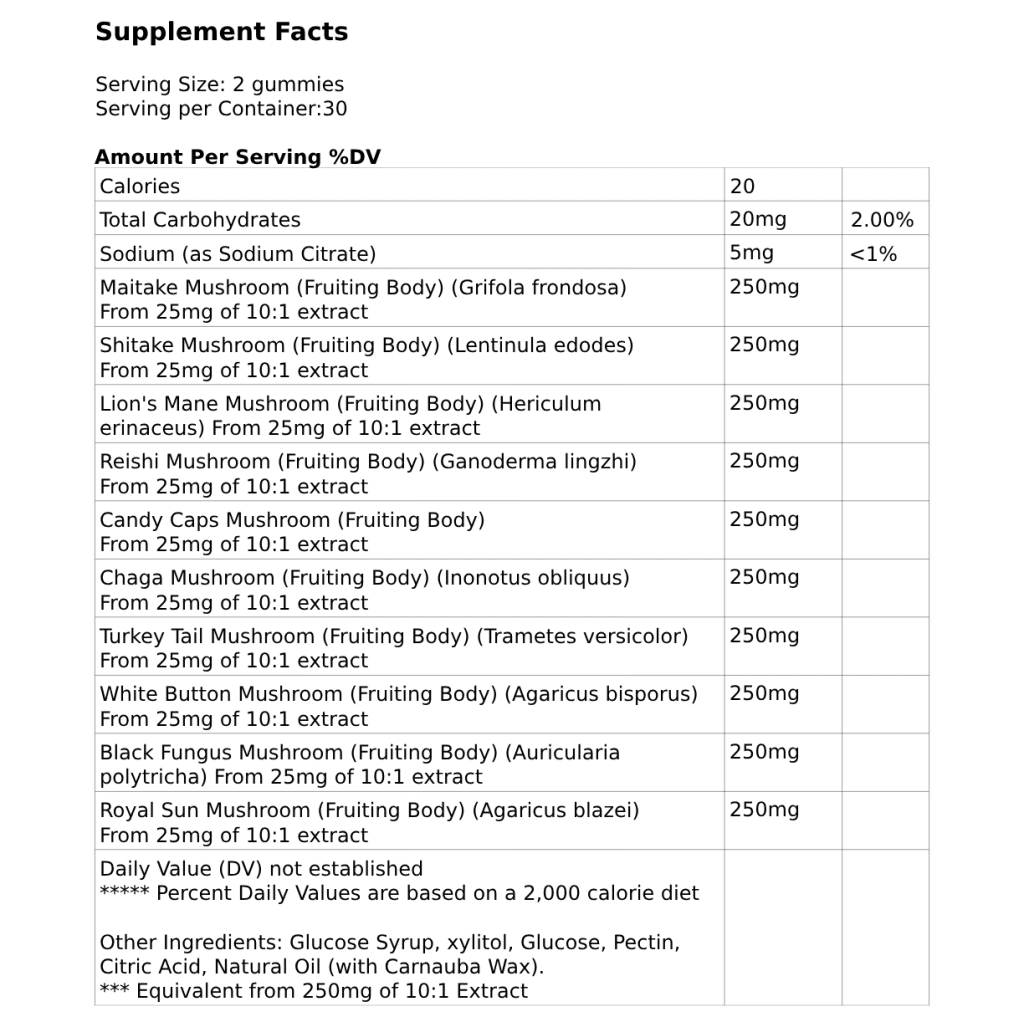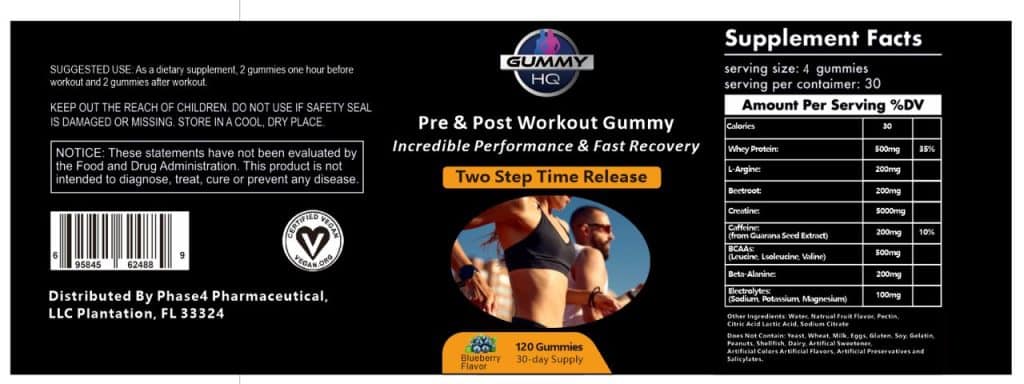Description
Maximize Testosterone Booster Skin Patch
Directions For Use: Apply One Skin Patch For 8 Hours Daily: (30-Skin Patches – 30-Day Supply)
Testosterone – The Muscle Building, Fat Burning, Strength and Bone Builder
The Food and Drug Administration has not evaluated the statements on this resource education page. Natural ingredients mentioned are not intended to diagnose, treat, cure or prevent any disease. No nutrient claims are made. All content is shared as educational information and is not meant to be construed as medical advice, nor should any content be used to self-diagnose or treat any medical condition; the material on this page does not take the place of professional care provided by a physician. The information on this page is fully referenced from source material published from studies and clinical trials available online.
In the public debate on testosterone and testosterone replacement, it’s often difficult to separate fact from fiction. News and magazine reports, which deal with the effects of testosterone and testosterone replacement therapy, often revolve around the abuse of illegal anabolic steroids and the purported ill health effects of androgen replacement therapy. If you look at the latest scientific publications, however, you will find that…
There is no convincing evidence that would support that there is an increased risk of overall, or prostate cancer risk, specifically, for men over 40 utilizing long term testosterone therapy (Eisenberg. 2014)
Long‐term testosterone therapy in men with low testosterone reduces the risk and ameliorates the severity of the metabolic syndrome in observational, long‐term studies (Traish. 2014)
Low free testosterone levels increase the risk for Alzheimer disease in older men (Moffat. 2004), while testosterone treatment reduces the neuronal secretion of Alzheimer’s β-amyloid peptides (Gouras. 2000)
Androgen replacement therapy with testosterone will induce and maintain beneficial effects on sexual function and mood, lean and fat mass, and bone mineral density in hypogonadal men in the absence of pathological changes in hematocrit and hemoglobin, lipid and PSA (marker of prostate cancer risk) levels (Wang. 2004)
It would be possible to continue this list of peer-reviewed scientific evidence that refutes the commonly heard objections against testosterone replacement therapy and the normalization of age-induced or other declines in testosterone. The pharmacological replacement of testosterone is yet only the last resort for those of us in whom the endogenous (=the body’s own) testosterone production cannot be restored by diet, exercise and the use of dietary supplements.
Natural Testosterone Boosters – The 100% side-effect free alternative to TRT
Within the bodybuilding and fitness community, the producers of natural testosterone boosters often try to create the impression that the 40-90% increase in testosterone you can achieve with orally administered testosterone boosters would induce the same anabolic effects bodybuilders and “chemical athletes” experience on high doses of synthetic anabolic steroids. What you can expect, are …
- Significant increases in your natural testosterone production,
- An increased feeling of general well-being and energy,
- Improvements in sexual function and desire,
- Measurable increases in long-term muscle and strength-gains,
- Visible improvements in body composition (fat mass ↓, lean mass ↑), and Improved bone health and strength
… and all that without any of the short- and long-term side effects of exogenous steroids, which include the occasionally irreversible suppression of the endogenous testosterone production and / or the reduction of the natural amount of estrogen in your body.by agents that cannot be converted to estrogen (Incledon. 2003). An effect, which is by no means as beneficial as some of the shiny ads may have it. Estrogen is after all highly relevant for optimal brain, heart, bone and overall metabolic health in both, men and women (Bilezikian. 1998; Toung. 1998; Lombardi. 2001).
The natural advantage
Unlike exogenous androgens, like natural testosterone boosters, or any of its synthetic analogs, will optimize not override the testosterone levels of both young and old man. It will counter the age-induced decline in testosterone production and maintain optimal testosterone levels in periods of intense training and / or restricted dietary energy intake.
Next to androstenetrione (6-OXO; ) Testo100® exerts its unparalleled testosterone boosting effects through the following synergistically acting ingredients:
- D-aspartic acid, which has been shown to increase the natural testosterone production of testosterone in healthy men (age 27-67) by up to 45.5% within only three days (D’Aniello. 2008)
- Stinging nettle root, which has been shown to increase total testosterone levels in rodent studies by 10% (Fischer. 1992), increase the amount of free testosterone by competitively binding to SHBG in human and rodent studies (Chrubasik. 2007) and limit the negative effects of supraphysiological androgen levels on prostate growth (Nahata. 2012)
- Fenugreek, of which a recent study in the Asian Journal of Pharmaceutical and Clinical Research confirms that it will significantly and safely increase both free and total testosterone levels in healthy, non-exercising young men (Thakurdesai. 2014)
- Forskolin from Coleus Forskohlii, which has repeatedly been shown to increase testosterone levels in young and old men and is one of the agents, where the 17.85% increase in testosterone Godard et al. observed went hand in hand with similarly significant improvements in body composition when the supplement was administered to 30 overweight and obese men (Godard. 2005)
The formula is complemented by Muira Puama, a proven aphrodisiac (Shamloul. 2010) that supports the libido- and erection boosting effects of testosterone, of which studies indicate that they are not always sufficient to increase both, the physiological and physiological aspects of male libido (Boloña. 2007).
References:
Bilezikian, John P., et al. “Increased bone mass as a result of estrogen therapy in a man with aromatase deficiency.” New England Journal of Medicine 339.9 (1998): 599-603.
Boloña, Enrique R., et al. “Testosterone use in men with sexual dysfunction: a systematic review and meta-analysis of randomized placebo-controlled trials.” Mayo Clinic Proceedings. Vol. 82. No. 1. Elsevier, 2007.
Chrubasik, Julia E., et al. “A comprehensive review on the stinging nettle effect and efficacy profiles. Part II: urticae radix.” Phytomedicine 14.7 (2007): 568-579.
D’Aniello, A., et al. “D-Aspartic Acid Regulates the Release and Synthesis of LH and Testosterone in Human” The Lancet (2008). Accepted Manscript.
Eisenberg, Michael L., et al. “Testosterone Therapy and Cancer Risk.” BJU international (2014).
Fischer, M., Wilbert, D.. “Wirkprüfung eines Phytopharmakons zur Behandlung der benignen Prostatahyperplasie (BPH).” In: Rutishauser, G. (Ed.), Benigne Prostatahyperplasie III. In: Klinische und Experimentelle Urologie, vol. 22 (1992). W Zuckswerdt, New York, pp. 79–84
Godard, Michael P., Brad A. Johnson, and Scott R. Richmond. “Body composition and hormonal adaptations associated with forskolin consumption in overweight and obese men.” Obesity Research 13.8 (2005): 1335-1343.
Gouras, Gunnar K., et al. “Testosterone reduces neuronal secretion of Alzheimer’s β-amyloid peptides.” Proceedings of the National Academy of Sciences 97.3 (2000): 1202-1205.
Incledon, T. “The chronic effects of androst-4-ene-3, 6, 17-trione on endocrine responses in resistance-trained men.” Journal of the American Dietetic Association 103 (2003): 38-39.
Lombardi, G., et al. “Estrogens and health in males.” Molecular and cellular endocrinology 178.1 (2001): 51-55.
Nahata, A., and V. K. Dixit. “Ameliorative effects of stinging nettle (Urtica dioica) on testosterone‐induced prostatic hyperplasia in rats.” Andrologia 44.s1 (2012): 396-409.
Shamloul, Rany. “Natural aphrodisiacs.” The journal of sexual medicine 7.1pt1 (2010): 39-49.
Thakurdesai, Prasad A., et al. “Effects Of Glycosides Based Fenugreek Seed Extract On Serum Testosterone Levels Of Healthy Sedentary Male Subjects: A Exploratory Double Blind, Placebo Controlled, Crossover Study.” Asian Journal of Pharmaceutical and Clinical Research 7.3 (2014).
Toung, Thomas JK, Richard J. Traystman, and Patricia D. Hurn. “Estrogen-mediated neuroprotection after experimental stroke in male rats.” Stroke 29.8 (1998): 1666-1670.
Traish, A. M., et al. “Long‐term testosterone therapy in hypogonadal men ameliorates elements of the metabolic syndrome: an observational, long‐term registry study.” International journal of clinical practice 68.3 (2014): 314-329.
Wang, Christina, et al. “Long-term testosterone gel (AndroGel) treatment maintains beneficial effects on sexual function and mood, lean and fat mass, and bone mineral density in hypogonadal men.” The Journal of Clinical Endocrinology & Metabolism 89.5 (2004): 2085-2098.
